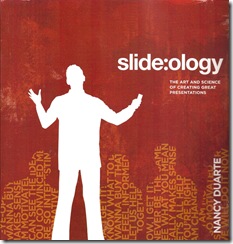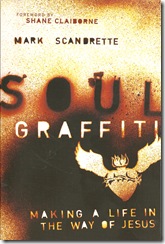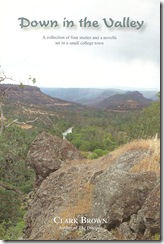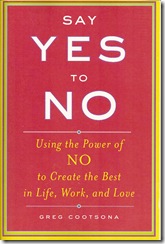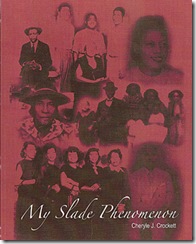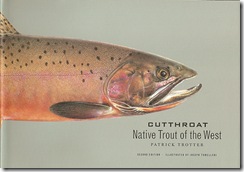The speaker looks out at the assembled audience and, like magic, the first PowerPoint slide appears on the nearby screen. Seemingly enamored of each slide, the speaker turns and reads it to the audience. One slide features six main bullet points, each with three sub-points and, in the smallest of type, a scattering of sub-sub-points. Another slide features a detailed spreadsheet and the final slide simply says "Questions?" As if to underscore the point, the question-mark is pictured by the cheesiest of clip art mined from the bowels of Microsoft's PowerPoint library. The first question one thinks of is, "Why are you inflicting this on us?" The second question is: "What time is lunch?"
The problem, writes Nancy Duarte, is not that slide presentations are evil, but that they "all too often reflect the agenda of the presenter rather than build a connection with the audience." Rather than simply reading their slides, presenters need to put in "the effort necessary to transform them into visual stories that support their message." Duarte shows how. She calls for a new "slide ideology," "a meaningful relationship between you, your slides, and your audience." It's all expressed clearly and beautifully in "slide:ology: The Art and Science of Creating Great Presentations" ($34.99 in paperback from O'Reilly).
According to a note about the author, Duarte is "president and CEO of Duarte Design, one of the few agencies in the world that focuses solely on presentations, and in 2006 was responsible for the slides used in Al Gore’s Oscar-winning film, 'An Inconvenient Truth.' Though it’s based in Mountain View, Duarte Design (http://www.duartedesign.com) has an office in Chico."
The book is superb and immediately useful. It's not another how-to on PowerPoint, but rather a guide to "best practices" in the use of any presentation medium--even if it's just paper flip charts used by John Ortberg of Menlo Park Presbyterian Church. A slide that "contains more than 75 words is a document. . . . True presentations . . . reinforce the content visually rather than create distraction, allowing the audience to comfortably focus on both." For Duarte the process starts with creating "ideas, not slides," using the visual medium to "tell the truth" and "get to the point."
So does the book.
